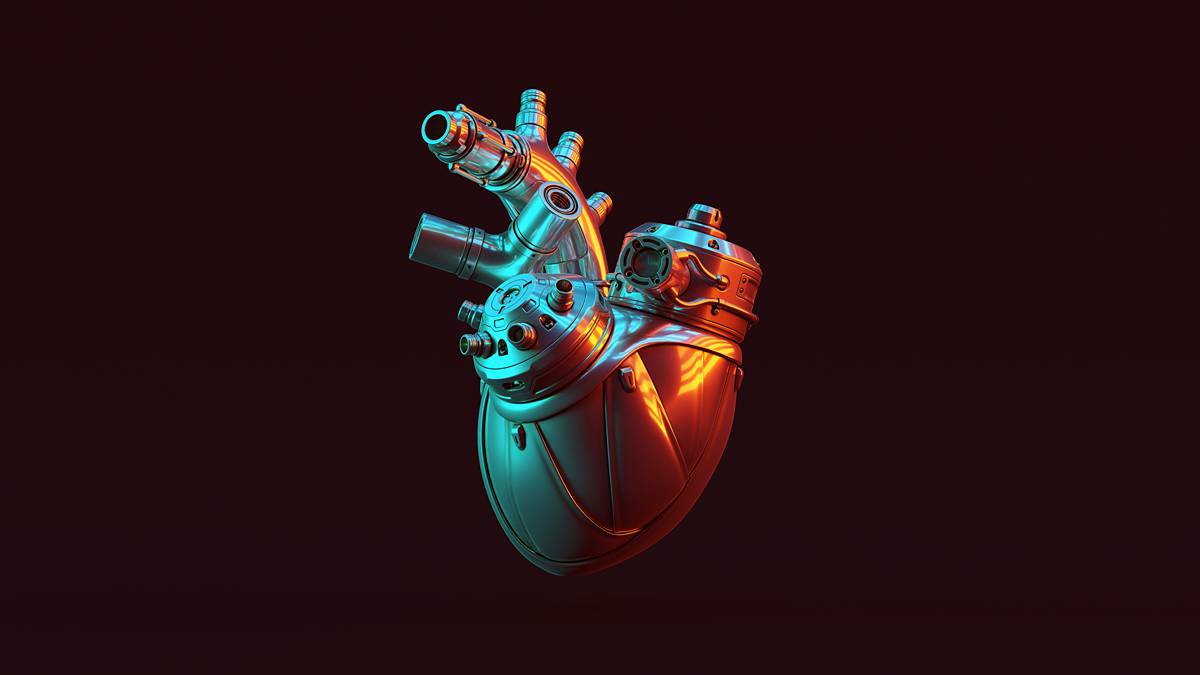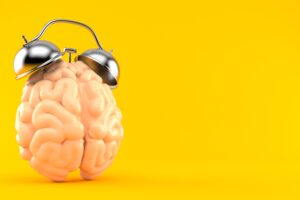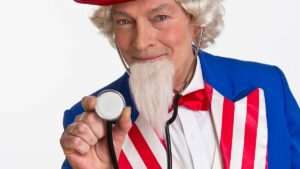Revealed: Bionic heart to make us live longer

Pic via Getty Images
Every marathon runner, from elite athletes to weekend warriors, could soon possess a secret weapon – a digital replica of their own heart, constantly monitoring, guiding and predicting their path to peak performance and optimal health.
This isn’t science fiction any more – it’s the groundbreaking reality being unveiled by Tata Consultancy Services with its Digital Twin Heart technology.
TCS showcased its innovation at this year’s Sydney Marathon. Its approach involves creating a virtual replica of a runner’s heart, using data from sensors and MRI scans, to provide real-time insights into cardiac function
Artificial-intelligence models can also simulate individual heart function in real-world scenarios. The core aim? To deeply explore how the rigorous demands of long-distance running affect heart health and, crucially, to leverage the power of AI to anticipate and potentially prevent future health risks.
TCS futurist Bill Quinn said: “We don’t predict the future, we rehearse for the future.” The project is currently targeted at runners – both weekend warriors and elite athletes.
“For guys like us, it’s like, how do you shave off 10, 20, 30 minutes. For (elite athletes) it’s how do you shave off seconds, so really trying to help optimise and squeeze out that last little bit,” Mr Quinn said.
But the project isn’t just about shaving minutes off a marathon time; it’s about fundamentally understanding and optimising the most vital organ in the human body.
TCS’s long-term vision is ambitious and transformative: to scale up this “biotwin” technology globally. The ultimate goal is to create a new generation of AI-powered wearable devices that can not only monitor but actively anticipate and prevent adverse heart incidents, fundamentally reshaping preventive healthcare for the broader community.
“What we’re trying to do is use marathons as a showcase for this type of technology. In the future, we see everybody having a digital twin, so that we can really elevate the health and wellness of society at large,” Mr Quinn said.
“It’s great that athletes can perform better, but it’s even better if we can improve the health and wellness of society. And so that’s really what we’re aiming to do with this project.
“It’s not about, hey, everybody should go and run a marathon. It’s how do we inspire people to just improve their overall health, take small steps … It’s allowing people to see data in a very real way, so that they can then make those changes.”

TCS has recruited 20 grassroots marathon runners from across the globe for the project, as well as elite athletes, including two-time Olympian and Boston Marathon champion Des Linden.
The cohort also includes three Australian First Nations runners, recruited through TCS’s partnership with the Indigenous Marathon Foundation, which Mr Quinn says will help lead the way to making the broader community healthier.
He said heart disease among Indigenous people “is really challenging”. He added: “How can we take the information that we learn from these Indigenous runners, and how can we apply that to the general population of Indigenous people – could that then improve the health and wellness? Again, it’s getting back to the broader society.”
The insights gleaned from these digital twins are remarkably specific. Mr Quinn shares examples from the IMF runners: one learned they were a “morning lark”, and that running after 4pm “actually messed with their circadian rhythm, and they didn’t sleep as well”.
Another discovered they needed “between 12 and 14 days to fully recover from a big run”, prompting them to “rebuild their training program to allow for that rest and recovery time”. A third insight revealed a runner’s “relative efforts was like 300 per cent off from one week to the next”.
“So they were going too hard one week and not hard enough the next and so they had to start to normalise that,” Mr Quinn said.
“It’s those kinds of things that really help people understand. It’s not just going out and doing the work. It’s really doing the work in a very smart way.”

Beyond individual performance, TCS is also revolutionising the collective experience of mass events with RunConcierge. Debuting at the TCS Sydney Marathon (TCS also sponsors the New York and London marathons), this AI-powered tool acts as a personalised assistant. Mr Quinn, who also completed the Sydney Marathon this year, said it was also designed to help take some of the stress out of race day, which could also improve performance.
“I was thinking, should I take an Uber (to the start line)?” Mr Quinn said before the race. “I put it in RunConcierge. And it was like, actually take the train.”
It is also designed to create a better experience for spectators and supporters, allowing them to find ideal viewing spots. Like the digital twin heart project, Mr Quinn envisions broader applications for RunConcierge.
He said the innovation extended to “smart city technology”, providing real-time crowd flow information to avoid congestion and enhance overall experience.
“For example, ‘things are really jammed up here. Don’t go there. Go over here instead’. ‘That bakery that you were going to go get a coffee and pastry at is jam packed. Go to this other one. You’ll like it just as well’,” he said.
“Being able to do more of that in real time is where it’s going to really improve, the runner experience, the fan experience, and also the experience of people who live here.”
This article first appeared in The Australian as From elite athletes to weekend warriors: the AI heart that’s transforming performance and will make us healthier

UNLOCK INSIGHTS
Discover the untold stories of emerging ASX stocks.
Daily news and expert analysis, it's free to subscribe.
By proceeding, you confirm you understand that we handle personal information in accordance with our Privacy Policy.









